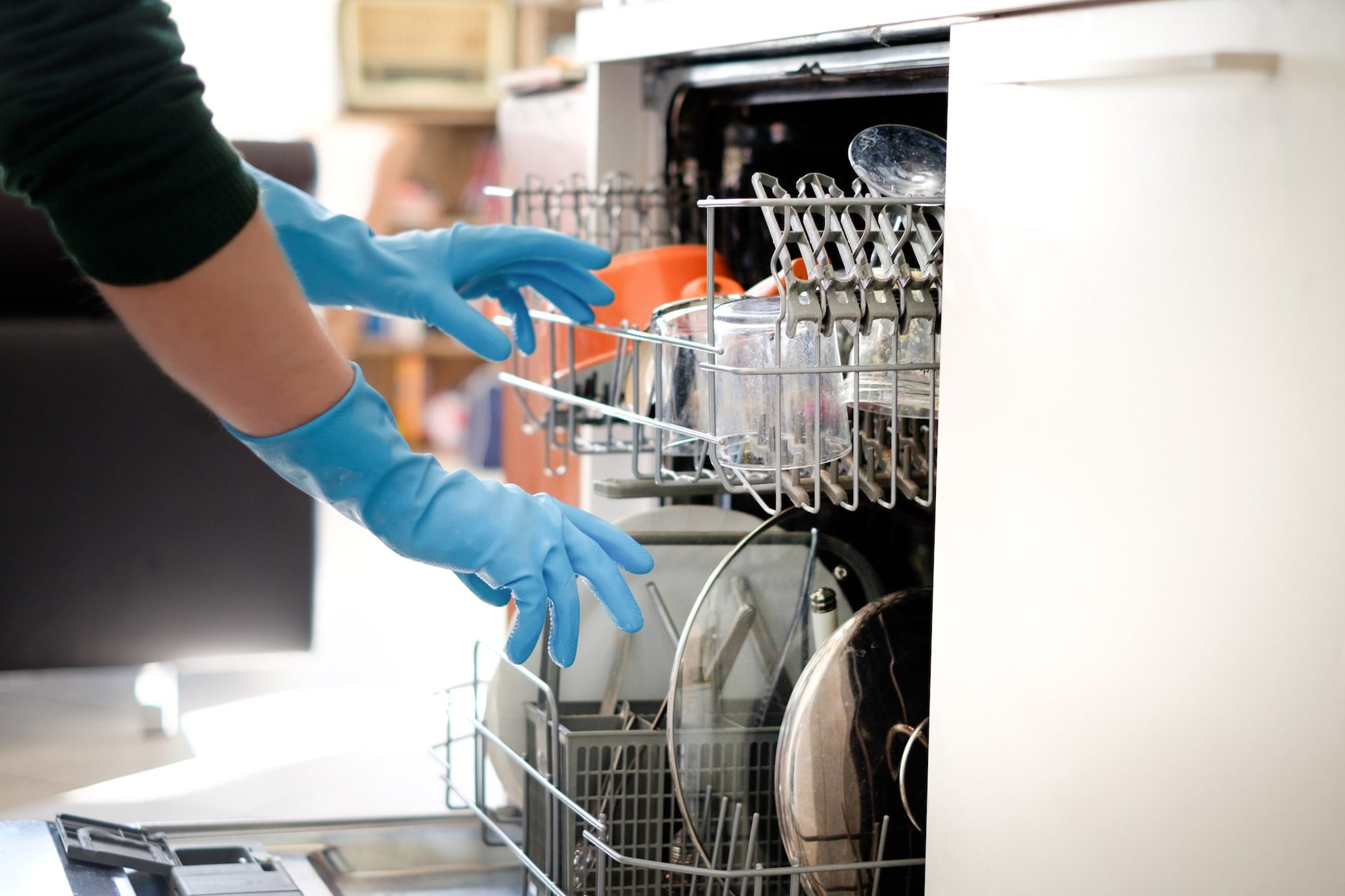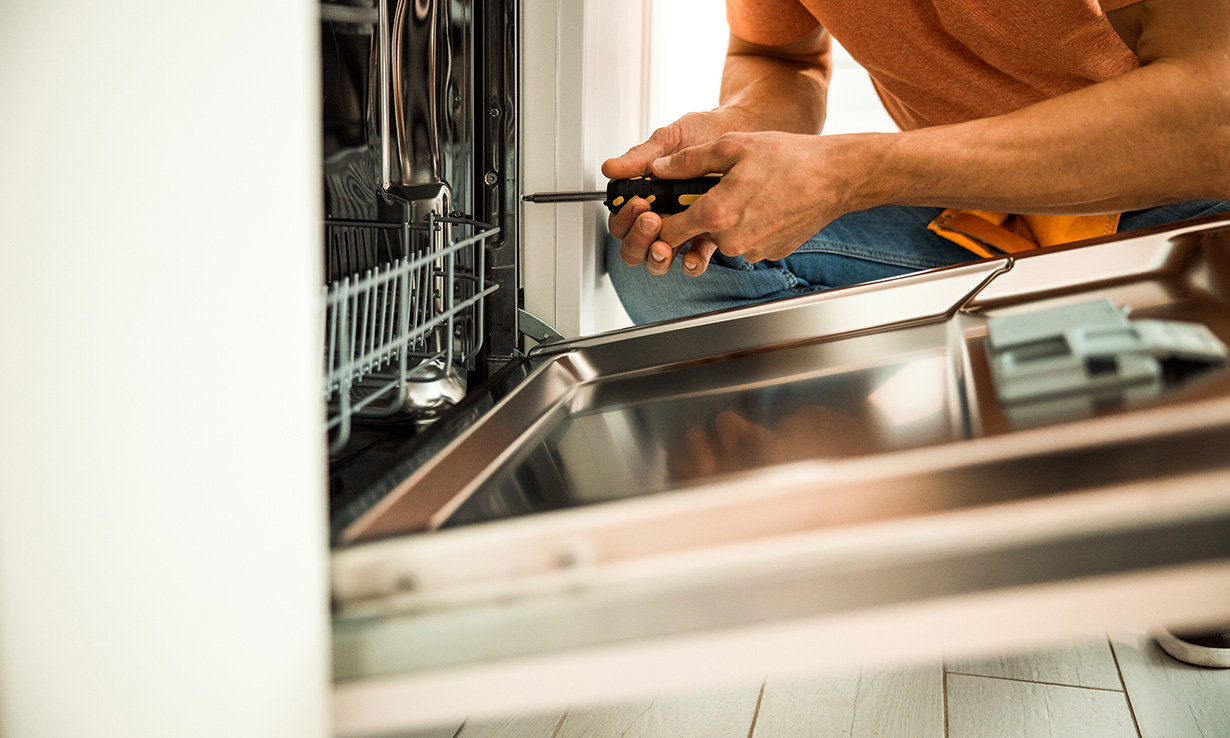Call Today
Visit Link
It is not out of place to have actually harmed pipes fixtures when in a while. Knowing just how to deal with a plumbing emergency situation will certainly conserve you from a lot of difficulty. You do not have to be a expert plumber to take on some fundamental plumbing problems.
The last thing any person desires is to have water flooding every nook and also cranny of their house and also wreaking havoc. Water can passes through ceiling as well as the wall surfaces, affecting the charm of your residence. If you are having a minimal pipes issue, then you can tackle it instantly. Otherwise, you should seek the assistance of a specialist. However, for a quicker intervention in an emergency situation plumbing scenario, you will most likely rely on your DIY capacities to minimize the damage before a professional comes. Here are some actions to require to handle a plumbing emergency situation.
• Resolve minor leaks: The problems with plumbing occasionally start tiny before intensifying to an unmanageable scenario. The most convenient way to deal with emergency plumbing damage is to contact a expert as soon as you notice tiny leaks. As you recognize, a stitch in time saves nine. Tackling it from the start will certainly stop more damage. While awaiting the pipes repair work, you can place a container underneath the leak. You can also make use of a cloth or towel around dripping pipes. A plumber tape is crucial to have at residence all times. You can use the tape around the leaking pipeline to jail the leak until assistance comes.
• Shut down the water: When confronted with any type of plumbing emergency situation, one of the first things to do is to quit the water circulation from causing even more damage and also ruining your home. This relates to all the types of pipes emergencies consisting of plumbing emergency situations. Shutting off the water just involves locking the shutoffs of the affected area or securing the main valves in the residence.
• Open drain as well as faucet: Water flow may be blocked from dropping the drainpipe. You ensure complimentary circulation by opening up the drainpipe and faucet to allow the water flow out. This ought to drain pipes off the water left in the pipeline after shutting down the main valve.
• Take a look at various other pipes components: Pipes concerns rarely occur in isolation. This implies after turning off the water, you ought to take a look at other plumbing fixtures too like your water heater to prevent damages to them. In many cases, activating power electrical outlets near damaged plumbing components might be suggested.
Conclusion
These pointers are suggested to deal with and decrease the damage caused by pipes emergencies and also keep you home safe as well as protected prior to professional plumbing professionals show up. Nonetheless, always function directly with a expert, pay attention to what they say, take preventative measures, and call them as soon as your notification any kind of issues with your plumbing.
For a faster intervention in an emergency plumbing situation, you will most likely depend on your DIY abilities to reduce the damage before a professional comes. The easiest way to take care of emergency pipes damages is to call on a expert as quickly as you notice small leaks. • Shut off the water: When encountered with any kind of plumbing emergency situation, one of the very first things to do is to quit the water flow from causing more damage and messing up your house. • Check out various other pipes fixtures: Pipes concerns seldom take place in seclusion. In some cases, turning on electrical power outlets close to harmed plumbing fixtures might be recommended.

Protecting Against Water Damages in the Utility Room
The washing machine and also drier are typically situated in the utility room and develop warmth and dampness. Straightforward upkeep is needed to assist staying clear of water problems as well as mold.
The following overviews lines are straightforward to adhere to as well as will certainly give great suggestions and also indicators for potential water damage that can be caused by the washing machine, the dryer, pipes, filters, and the utility sink.
Be sure to carry out these assessments every few month as well as be extensive while doing them
The Washer
The washing machine is linked to both cold and also warm water lines. Be sure to inspect both ends of the water lines. A obstructed filter will slow the water flow into the cleaning equipment, and may trigger some malfunctions.
Hose pipes & Filters
Like in many appliances, problems typically begin in the hose pipe. Maintain least 4 inches in between the water link as well as the rear of the washer. This room will avoid the hose from kinking and also rupturing. Check the tubes and also replace them if old. Consider mounting steel-braided hose pipes.
The Clothes dryer
The dryer is connected to a air flow tube. The clothes dryer air flow pipe need to be linked to the outdoors.
Utility Sink
The utility sink is occasionally the resource for water associated problems. Look for leakages under the sink. A drip in the trap under the sink can be a sign for problems and also ought to be repaired immediately. Sluggish draining pipes might indicate a partly blocked drainpipe. A continuously dripping faucet must me repaired promptly. Replace sink seals if they are fractured or loose. Damped or tarnished walls around plumbing pipes suggest an inner leak that needs to be fixed before extra damages takes place.
The washer is linked to both chilly as well as warm water lines. Be certain to inspect both ends of the water lines. A blocked filter will slow down the water flow into the cleaning equipment, and also might trigger some malfunctions. Keep at the very least 4 inches in between the water connection and the back of the washing machine. The energy sink is often the source for water relevant troubles.
Recurring Service Plans

